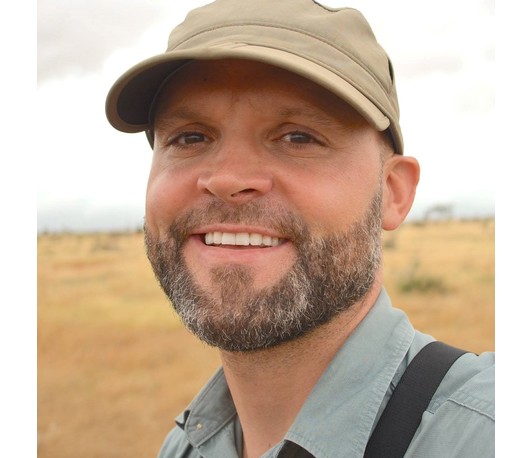Wolf personalities, ecosystem impacts, and the possibility of wolf cultures
Guest talk by Jospeh Bump
- Date: Jun 5, 2024
- Time: 02:00 PM - 03:00 PM (Local Time Germany)
- Speaker: Joseph Bump
- Bump holds the Gordon W. Gullion Endowed Chair and is Director of Graduate Studies for the Conservation Science Program at the University of Minnesota. Bump’s focus is on the functional role animals species play—alive and dead—in ecosystems and how that applies to biodiversity conservation. He currently leads research projects in Voyageurs, Isle Royale, and Yellowstone National Parks, across Minnesota, and in Switzerland, Kenya, and India. His broader impact efforts include a ‘field-to-phone’ social media campaign, a statewide participatory science program, and scientific art exhibits. Bump’s curiosity in the natural world began with a childhood spent mucking around the Hudson River and Tivoli Bays in New York. He earned most of his college tuition by catching salmon as a commercial fisherman on the northside of Kodiak Island, Alaska, which was a formative experience in the natural world. Undergraduate field courses at the University of Michigan’s Biological Station confirmed Bump’s interest in animal ecology and he finished a biology degree in just a little over four years. Jobless at the turn of the century, Bump followed a woman west to Wyoming and through much luck, support, and steady effort he bounced between the Great Lakes and the Rockies, earning degrees and positions until now.
- Location: Bückle St. 5a, 78467 Konstanz
- Host: Natalia Borrego
- Contact: nborrego@ab.mpg.de

Animal personalities can modulate ecosystems, but the impact of individual predator personalities is largely unexamined. To assess how predator personalities can alter ecosystems, we examined wolf predation of beaver, which are a consummate wetland engineer. We compared wolf kill rates (beavers killed per day) and wolf ambushing rates (ambushing attempts per day) from wolves in the same social groups, same age or age class, operating under identical or similar ecological conditions. This approach reduces the effect of certain confounding parameters (e.g., prey density, environmental conditions) and allows an assessment of the role of wolf personality. We found substantial variation in pack member kill rates and ambushing rates, with some wolves exhibiting kill rates and ambushing rates that were 229% and 263% higher than other pack members. Wolf movement behavior based on 20-minute GPS locations does not appear to explain the variation in pack member kill rates and ambushing rates. This wolf-beaver-wetland dynamic provides an example of how predator personalities, manifested through differences in kill rates of ecosystem engineers, can alter ecosystem services. Hence a fraction of wolves in a population with strong ‘beaver-hunting’ personalities can be disproportionately responsible (relative to the entire wolf population) for the outsized ecological effects that result from preying upon beaver. This finding raises the possibility of wolf cultures because wolf personalities favor the development of consistent, intra-specific differences in behavior between groups or populations that are a consequence (at least partially) of social learning and are not directly caused by environmental or genetic differences. We exam what wolf cultures might look like and their potential importance for conservation.